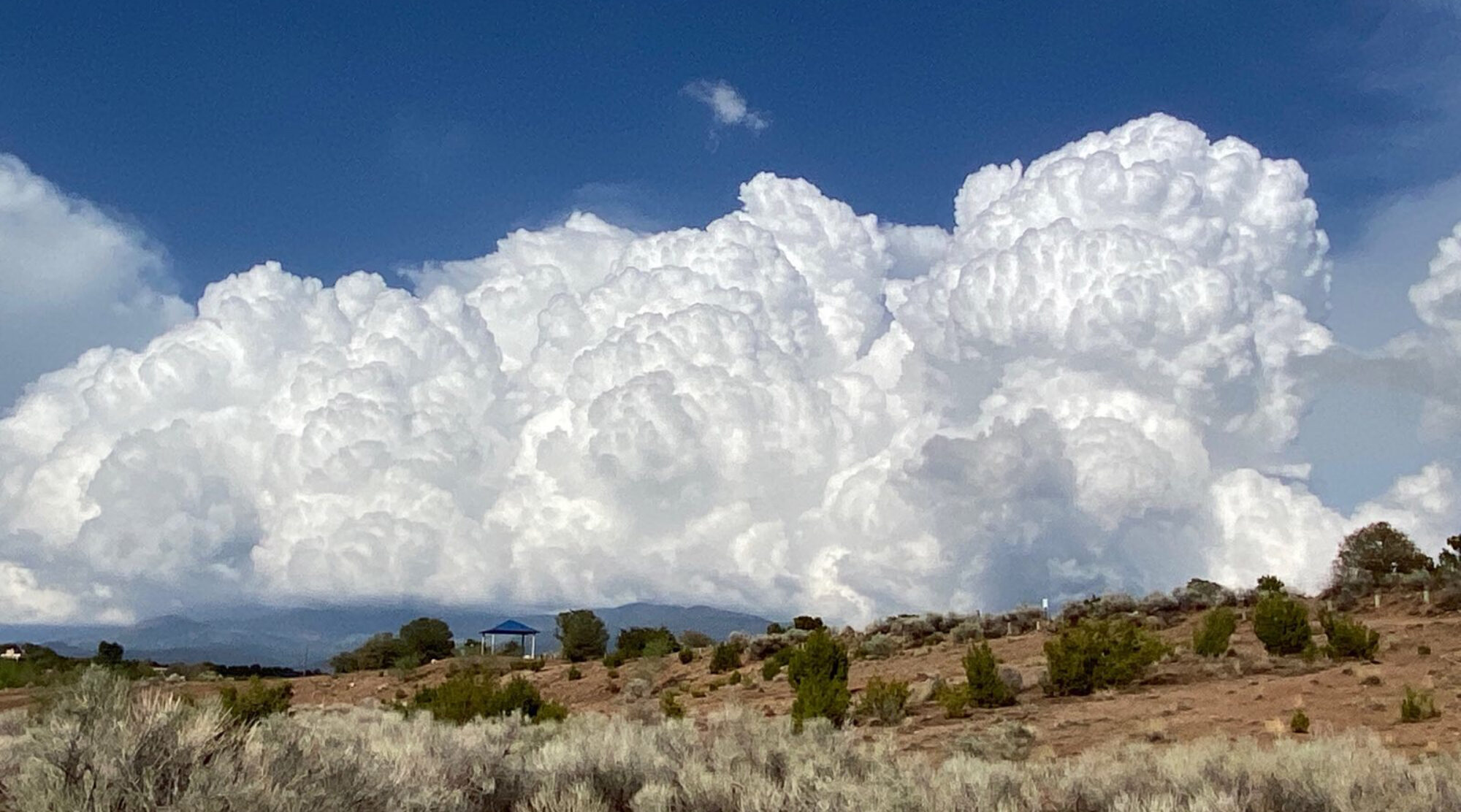The Museum of International Folk Art is presenting the traveling exhibition A Designer’s Universe, an exhibition organized by Vitra Design Museum. One of the most influential interior and textile designers of the 20th century,
This is the first major retrospective on Girard’s work. The exhibition opens May 5 and runs through October 27, 2019.
Girard was also a pivotal figure in the history of the Museum of International Folk Art, donating more than 100,000 objects from his and his wife Susan’s folk art collection, and in 1981 creating the museum’s long-term, beloved exhibition Multiple Visions. Girard’s playful designs attest to a passion for colors, ornamentation, and inspirations from folk art.
The exhibition and public programs illuminate the relationship of folk art to modernism and design. In conjunction with the Girard exhibition at MOIFA, two other Santa Fe cultural institutions – the Georgia O’Keeffe Museum and the Institute of American Indian Arts (IAIA) Museum of Contemporary Native Arts (MoCNA) – will explore the concept and practice of design from three unique perspectives: Girard’s impact on the American aesthetic; his imprint on Santa Fe; and the dynamic field of Native design centered in Santa Fe.
IAIA will host a student design competition in conjunction with the museum exhibits and public programs.
The exhibition Alexander Girard: A Designer’s Universe is organized by Vitra Design Museum, Weil am Rhein, Germany. Global sponsors are Herman Miller and Maharam.
About the Museum of International Folk Art: http://www.internationalfolkart.org/
706 Camino Lejo, on Museum Hill in Santa Fe, NM 87505. (505) 476-1200. Hours: 10 am to 5 pm daily, May through October; closed Mondays November through April, closed Easter Sunday, Thanksgiving, Christmas, and New Year’s Day.









